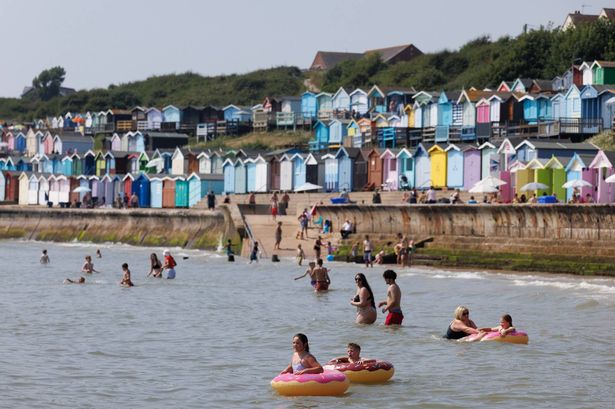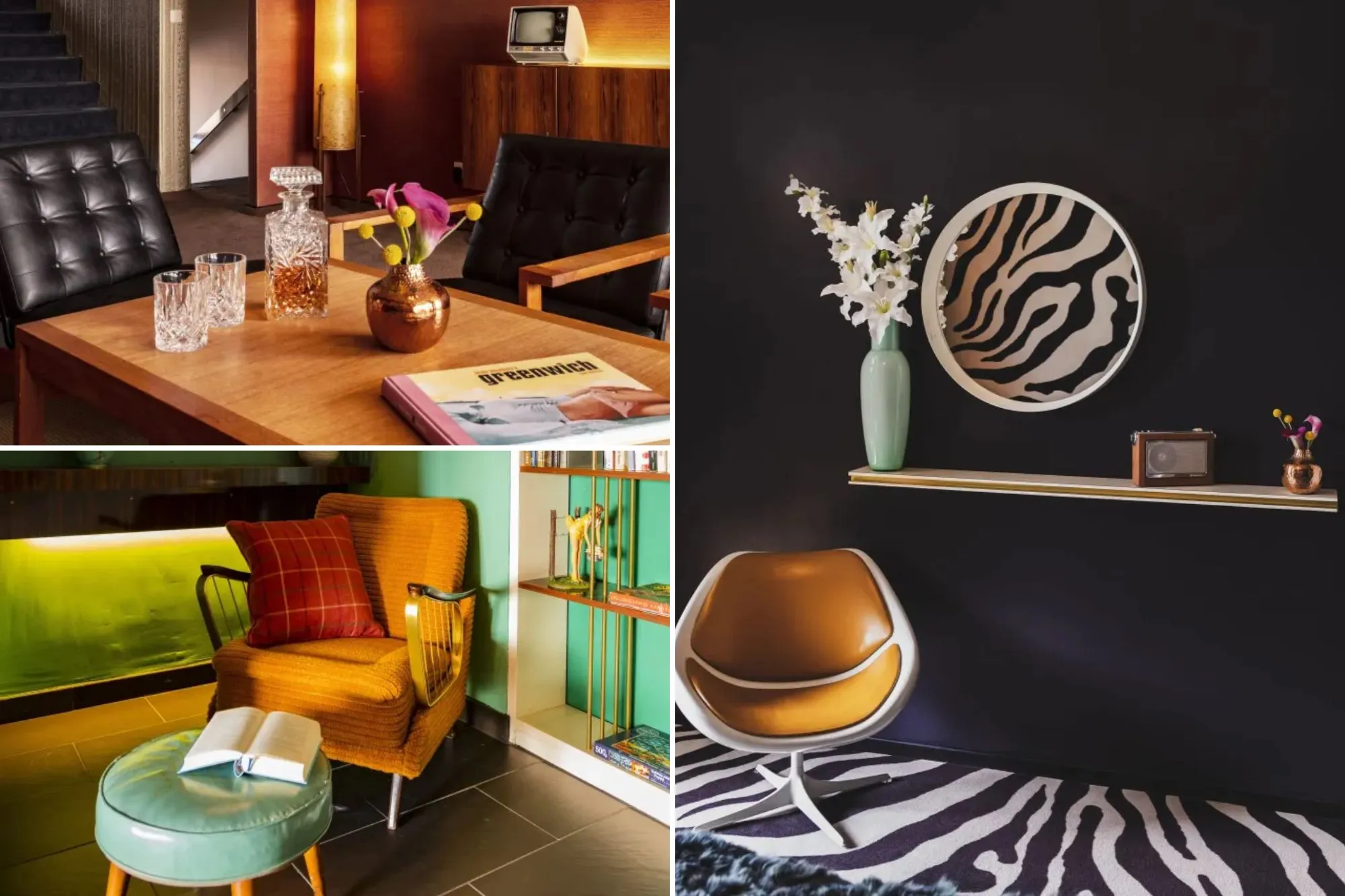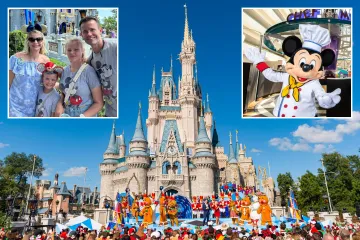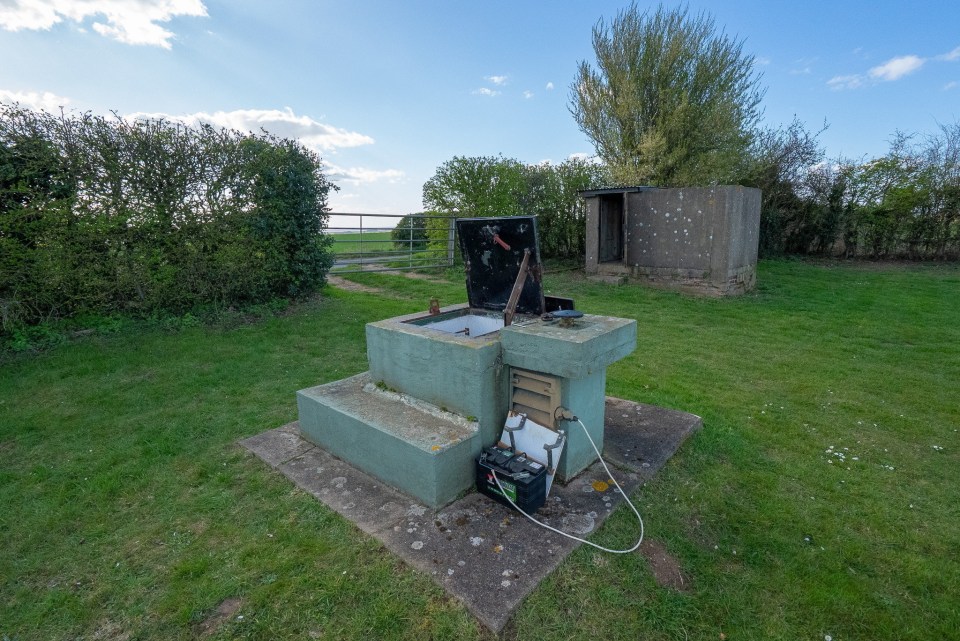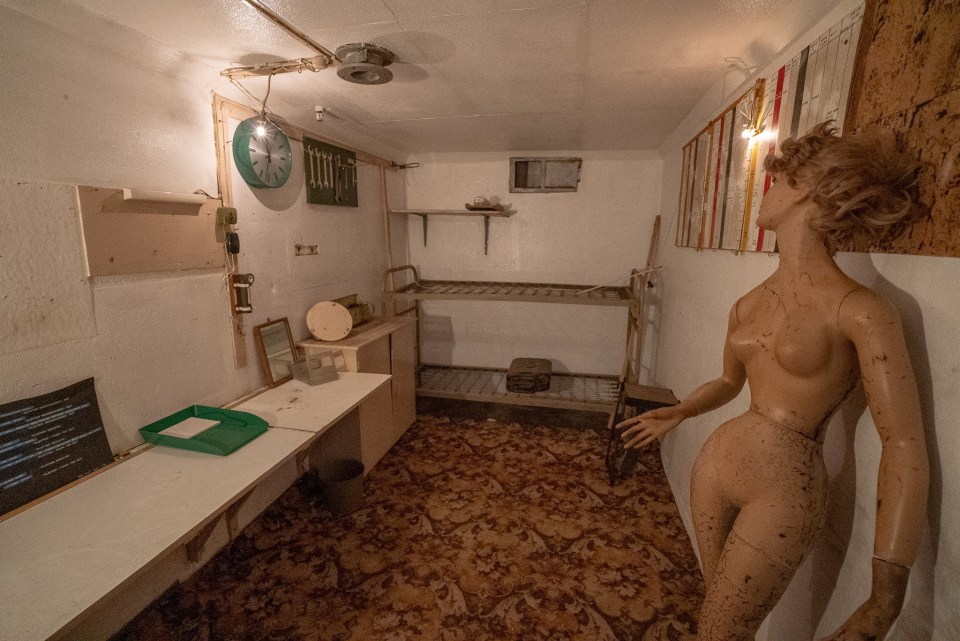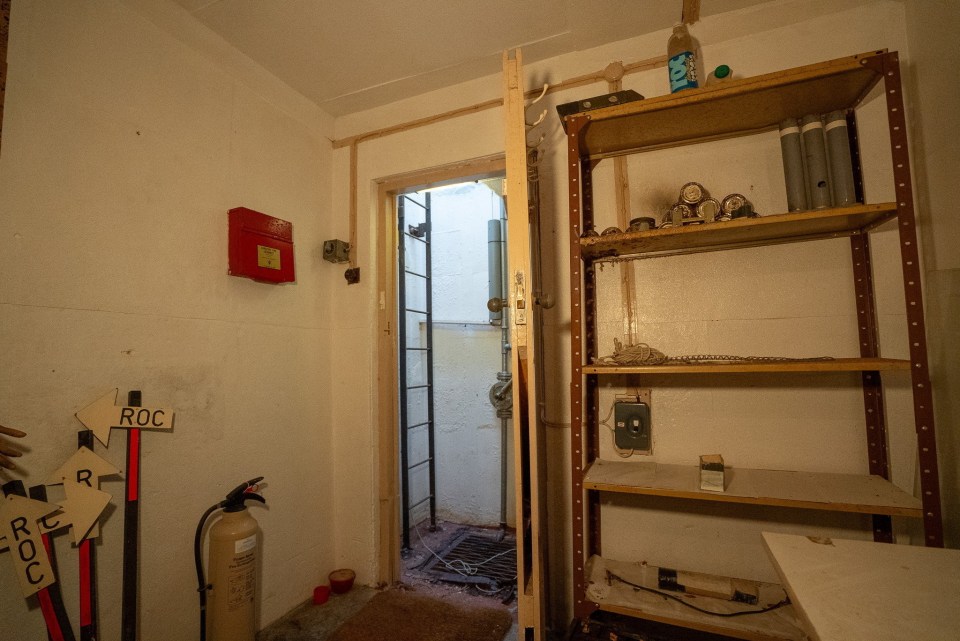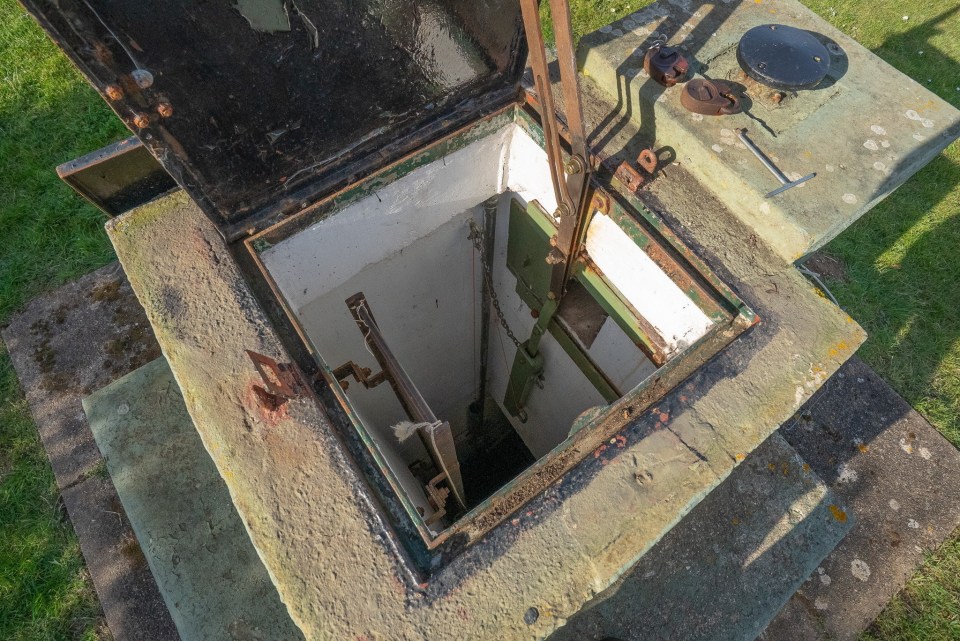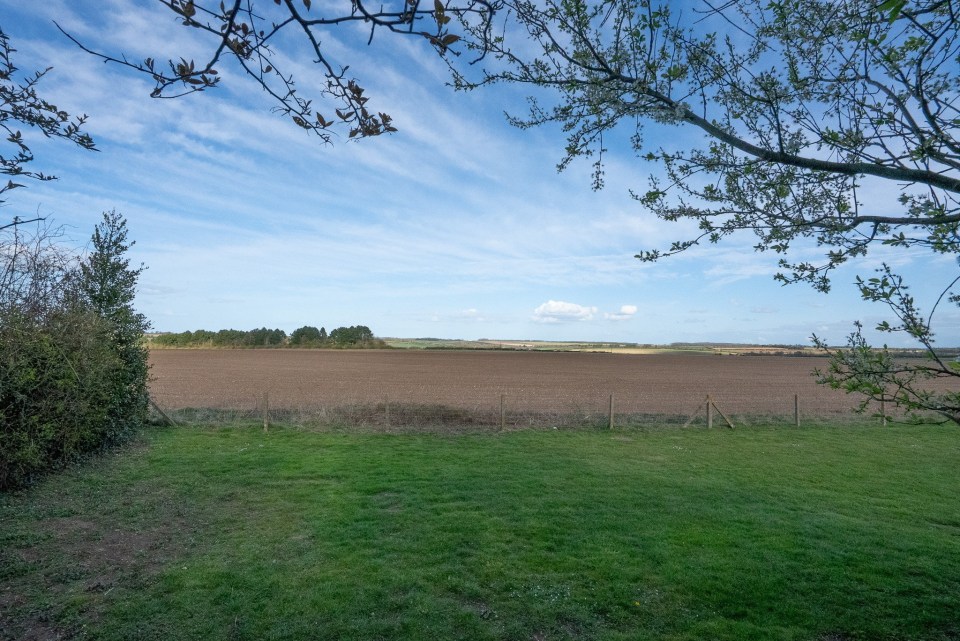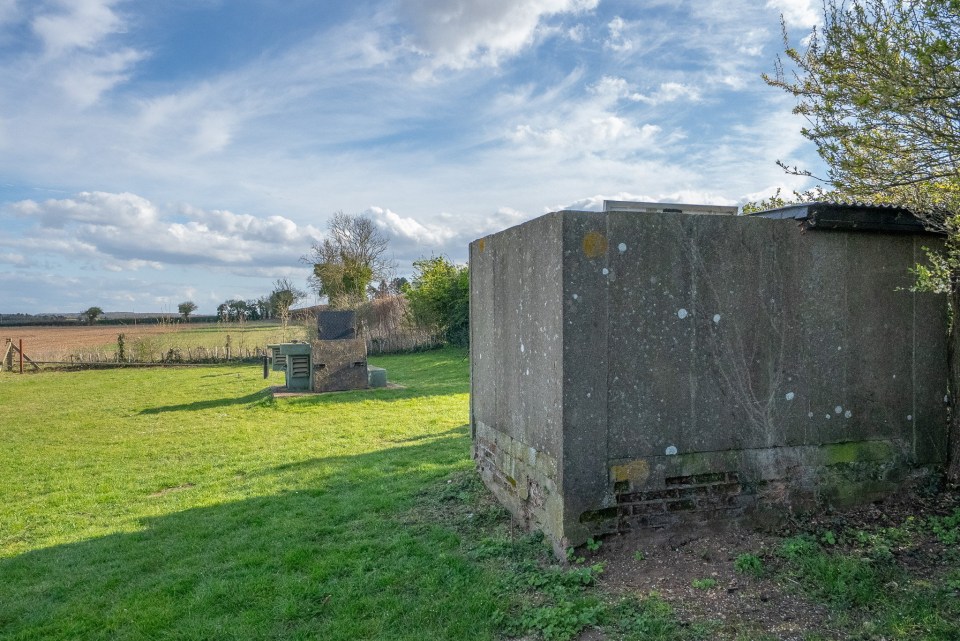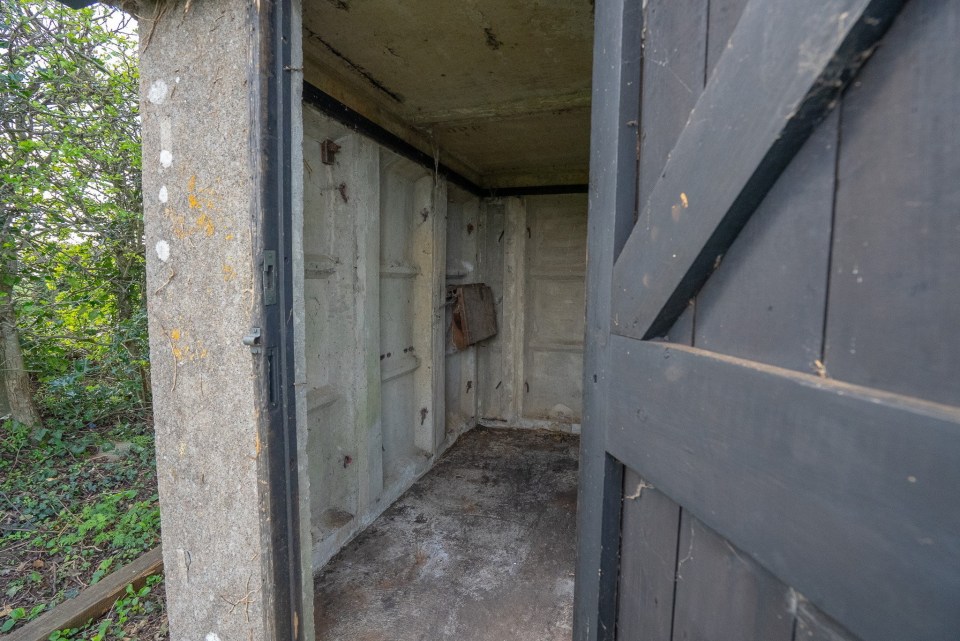Frinton-on-Sea in Essex is a charming seaside town that has been frozen in time, with a population of just 4,837 and a relaxed pace of life that has seen people move there from the capital and other major cities across the UK
A delightful coastal town is being praised by residents as a nostalgic glimpse into 1950s and 60s Britain.
Renowned for its charming, traditional atmosphere, Frinton-on-Sea in Essex provides a peaceful retreat from the heaving masses who descend upon neighbouring seaside resorts Clacton-on-Sea and Walton-on-the-Naze.
Home to merely 4,837 residents, it also enjoys a leisurely rhythm of life and close-knit community spirit that has recently attracted newcomers from London and other major urban centres nationwide.
Pet enthusiasts will be delighted to discover that its broad, sweeping sandy shores welcome dogs from September 30 until May.
The heart of the settlement is the Esplanade, housing The Rock, Frinton’s sole remaining operational hotel.
During the stroll towards the shore, visitors encounter a row of colourful beach huts overlooking the North Sea waves, which crash against the sea wall during high tide.
Becky Dance, 44, accompanied by her mother Linda Hartnoll and grandchildren Hugo and Greyson, ventured down for a day trip from Colchester, discovering the location picture-perfect.
She said: “It’s just lovely. It’s nice and quiet. The kids just love playing here.”
Linda also expressed her appreciation for the area’s topography, adding: “It’s safe here because it’s very flat.” Peter Wade, alongside his wife Pat, moved to Frinton following their retirement from local government roles in Enfield, North London.
Looking back on their former life, Mr Wade, 72, explained how he felt threatened after dark due to escalating crime in his previous neighbourhood.
He told the Express: “The area changed the last seven years we were there. There were two murders. The house next door was converted into a drugs den. We came here because this is England as we knew it as children. We can walk down this road and say hello to so many people. The community spirit we have here, in my mind, is second to none. It’s a spirit I grew up with in the 1950s and early 60s.”
Frinton is also home to numerous societies, including the fondly nicknamed Frinton War Memorial Club or “the Mem”, where locals congregate for pleasant conversation over beverages.
On the periphery, the Frinton Golf Club serves as another popular destination amongst residents.
The seaside town was recently branded as the country’s NIMBY capital by a Telegraph investigation, which highlighted the protracted procedure it required for Frinton to embrace the new Lock and Barrel gastropub.
However, Rob Morgan, a councillor on Frinton and Walton Town Council, maintained that the existing clubs adequately serve the social and drinking requirements of the community, clarifying why there aren’t numerous pubs in Frinton. Having resided in Frinton for nearly two decades, he admitted that the town has transformed, with the High Street now teeming with restaurants and cafes rather than the varied shops of old.
The automation of the level crossing gates, a unique feature of the town, sparked controversy as it led to the job loss of the manual operator. However, Mr Morgan is convinced that the town has retained its charm and is an ideal spot for those seeking a community-oriented lifestyle in their twilight years, adding: “It’s a really delightful town. I love living here… When you talk about older people being isolated, it doesn’t happen in Frinton.”
